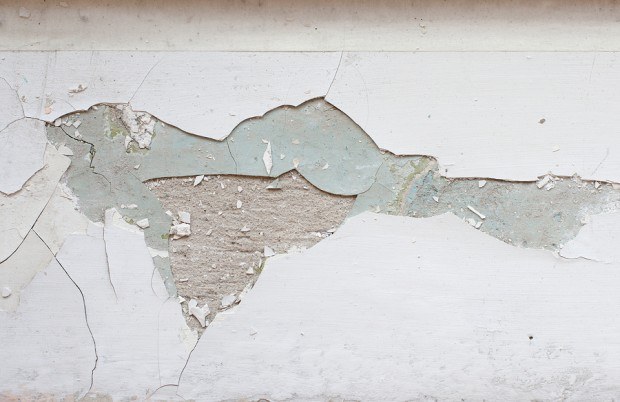A California judge has just ruled that manufacturers of lead paints and pigments have to pay 10 cities in California $1.1 billion to remediate lead paint used in homes there.
I wrote about this last summer, when the lawsuits first popped up on my radar. And I have to say, I’m surprised at the result. The legal theory under which this suit was brought is pretty novel; after all, as the defense team argued, lead paint was being phased out for home interiors even before World War II, and it was outlawed entirely in 1978. Moreover, it’s basically safe as long as it stays on the walls. It only becomes a problem during renovations, or if your house is poorly maintained. The homeowner, or the landlord, have at least as much responsibility as the paint manufacturers. And the homeowners and landlords are alive, unlike the long-dead men who decided to make paint with lead in it.
An action which, it’s worth pointing out, was legal at the time. In the prewar era, companies understood the hazards of ingesting large amounts of lead, but not necessarily the subtler hazards of ingesting small amounts of aerosolized paint chips. And under the liability standards of the era, as long as the paint you were selling contained what it said it contained, you had no fear of lawsuits; the expansive theories of liability under which the current cases were brought were a mid-century creation.
As Walter Olson of the Cato Institute noted to me in an e- mail, “Many of the key business decisions being sued over took place closer to Abraham Lincoln’s time than to our own, and if the companies had gone to twenty leading lawyers of the day and asked, ‘could this ever lead to nuisance liability under such- and-such facts’ would have been told `of course not.'” Can you really sue a company for doing something that was well within the law? Or, as in one case, a company that bought a company that did something that was well within the law? As Olson points out, “when ConAgra bought Beatrice Foods, most business observers never even realized there was the tiny sliver of a paint company in there among the household food brands, but that one little sliver of successor liability could far exceed the then-value of all the rest.”
If these sorts of cases become widespread, we could see something like what happened with asbestos, where every company that ever touched asbestos, or a company that used it in their products, ended up bankrupt. That’s not the most likely outcome — the verdict may well be overturned on appeal, and even if it isn’t, the law in other states won’t necessarily be so friendly to this sort of suit. But it’s worth watching. If this theory of liability stands — and spreads — paint manufacturers could be in big trouble.





















 Slideshow: Carrier Management’s 2025 Top Editor’s Picks (Unlocked)
Slideshow: Carrier Management’s 2025 Top Editor’s Picks (Unlocked)  Expense Ratio Analysis: AI, Remote Work Drive Better P/C Insurer Results
Expense Ratio Analysis: AI, Remote Work Drive Better P/C Insurer Results  Artificial Intelligence Is Rewriting the Rules for Commercial Lines
Artificial Intelligence Is Rewriting the Rules for Commercial Lines  Federal Aviation Notice Warned of Slackline Before Deadly Arizona Helicopter Crash
Federal Aviation Notice Warned of Slackline Before Deadly Arizona Helicopter Crash 




